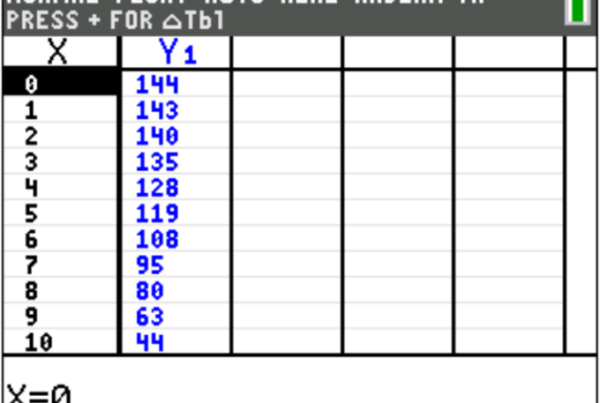For some students, the mantra is “one and done!” But for many (if not most) students, the answer may be 2 or 3 times. Still, students shouldn’t think they have to take the official SAT 10 or 15 times to try to get their dream scores–that is way overboard.
So how do you decide if you need or want to take the test one more time? There are several issues to consider–and your Mindfish tutor, who knows you and your testing skills, can help with that decision.
First and foremost, you are much more than your test scores alone! Think of all that you do: your capabilities, your passions, your commitments, your talents, your activities, your integrity. These are all important factors for admission to most colleges and universities.
Early on during the pandemic, many colleges and universities went test-optional, because so many of the test dates and sites were canceled for COVID restrictions. In recent years, some schools even went “test-blind,” meaning they do not accept nor consider standardized test scores at all. However, more recently, several universities have started accepting and considering test scores again, since most students have ample opportunity to take standardized tests.
So How Do You Know If Your Scores Are High Enough for the Schools You Are Considering Applying to?
While only the admissions office, with your full application in hand, can answer this question definitively, there is information available for you to get a sense of whether you have already scored high enough for your school(s) of choice. Every year, colleges and universities are required to report their data to what is called the “Common Data Set.”
These data sets are uniform across all schools, so the information is directly comparable. The Common Data Set includes such information as the number of applicants and their demographic information, what percentages from each demographic were accepted, test scores, grades, relative importance of factors for admissions decisions, graduation rates, and a whole lot more information. If you want to peruse this wealth of data yourself, simply google “Common Data Set” with whatever college you’re interested in learning about.
Common Data Set “Middle 50%”
One helpful bit of data included in the Common Data Set is the “Middle 50%” of SAT or ACT scores–that is the SAT or ACT score range of the 25th percentile through the 75th percentile of enrolled students. In other words, 25% of the enrolled students scored lower than that range; and likewise, 25% of the enrolled students scored higher than that range. However, remember that this data includes those students who may have been recruited for special skills and talents such as athletics, music, arts, or other special situations. So, if your scores are within the middle 50% range, especially near the top end of that range, you can feel confident in your scores.
Below are the middle 50% SAT score ranges for several of the Colorado schools, as well as several others (data collected from the past year or two of the Common Data Set, depending on availability). If you’re interested in how these SAT scores convert to ACT scores, the ACT has a handy conversion calculator here.

CU Boulder: 1180-1380 Composite
590-690 Reading/Writing
580-700 Math
Colorado State University (CSU):
1080-1280 Composite
540-650 Reading/Writing
530-640 Math
Colorado School of Mines:
1340-1460 Composite
650-728 Reading/Writing
680-760 Math
Colorado College:
1270-1460 Composite
640-730 Reading/Writing
620-750 Math
University of Northern Colorado (UNC):
980-1210 Composite
490-620 Reading/Writing
480-590 Math
University of Colorado Colorado Springs (UCCS):
1030-1200 Composite
500-610 Reading/Writing
490-590 Math
Denver University (DU):
1220-1370 Composite
610-700 Reading/Writing
590-690 Math
UC Denver: 1000-1210 Composite
490-610 Reading/Writing
510-600 Math
Metropolitan State University of Denver (Metro State):
870-1090 Composite
440-550 Reading/Writing
430-540 Math
Harvard University:
1480-1580 Composite
730-780 Reading/Writing
750-800 Math
Stanford University:
1470-1560 Composite
720-770 Reading/Writing
750-800 Math
Massachusetts Institute of Technology (MIT):
1510-1570 Composite
730-780 Reading/Writing
780-800 Math
Vanderbilt University:
1480-1570 Composite
720-770 Reading/Writing
760-800 Math
Tulane University:
1400-1500 Composite
680-750 Reading/Writing
690-760 Math
Pepperdine University:
1280-1430 Composite
630-710 Reading/Writing
630-730 Math
Santa Clara University:
1280-1430 Composite
630-700 Reading/Writing
640-750 Math
Remember, these scores are in no way a guarantee of admission nor of denial; they just reflect the middle 50% scores of the students enrolled at that school. College application decisions are a complex amalgam of grades, class rigor, scores, activities, honors, experiences, letters of recommendation, etc. combined with schools’ needs to balance the class of admitted students on an array of factors, which include gender, home region, academic interests, diversity, talents, capacity, etc.
Remember:
Don’t let pride make you test again to try to gain 10 more points–this probably won’t make or break things (except perhaps for some scholarships that are directly tied to specific scores–so check that out at your schools of interest). In your junior year, and especially in the fall of your senior year, keep a balanced eye on all your classes and activities (and sleep). Your scores may already be good enough for the schools you are interested in applying to.
Alternately, perhaps seeing these Middle 50% score ranges makes you realize that you want to prepare for a test retake with more help from your Mindfish tutor. Or, perhaps you realize your academic abilities may better fit at other schools. Be honest with yourself. And most important, be proud of yourself, your accomplishments, and your future!




